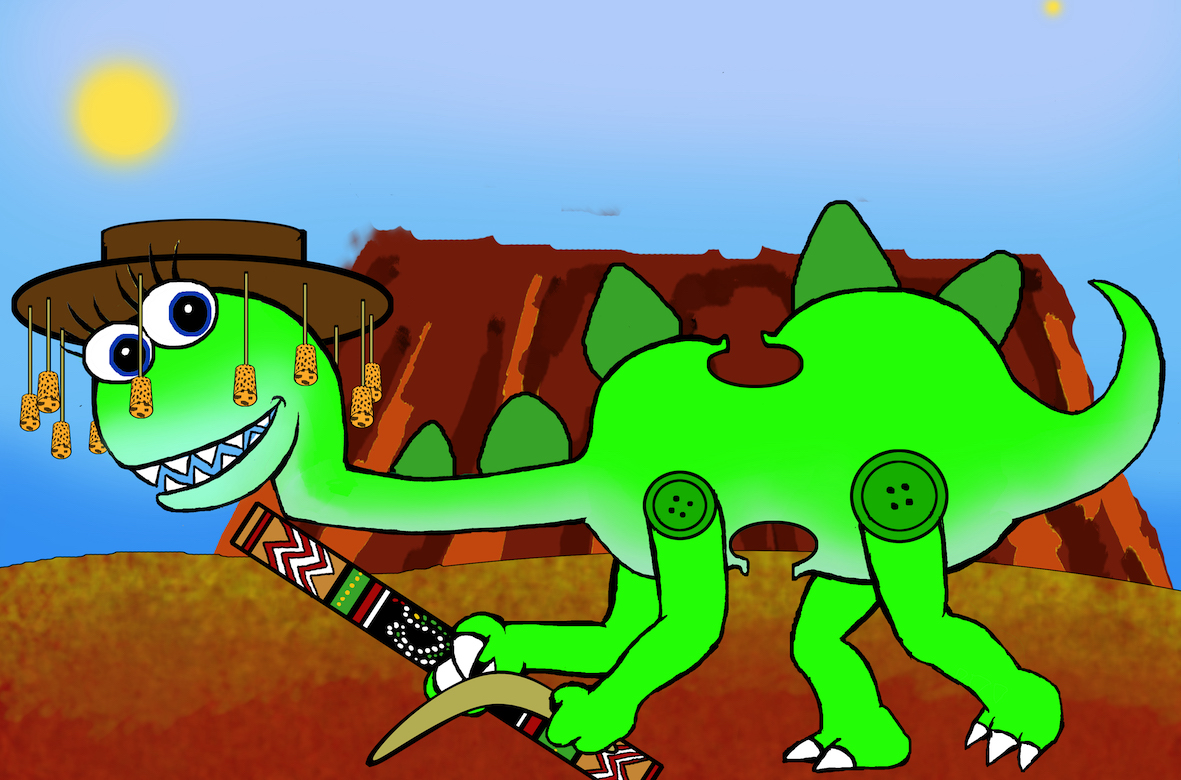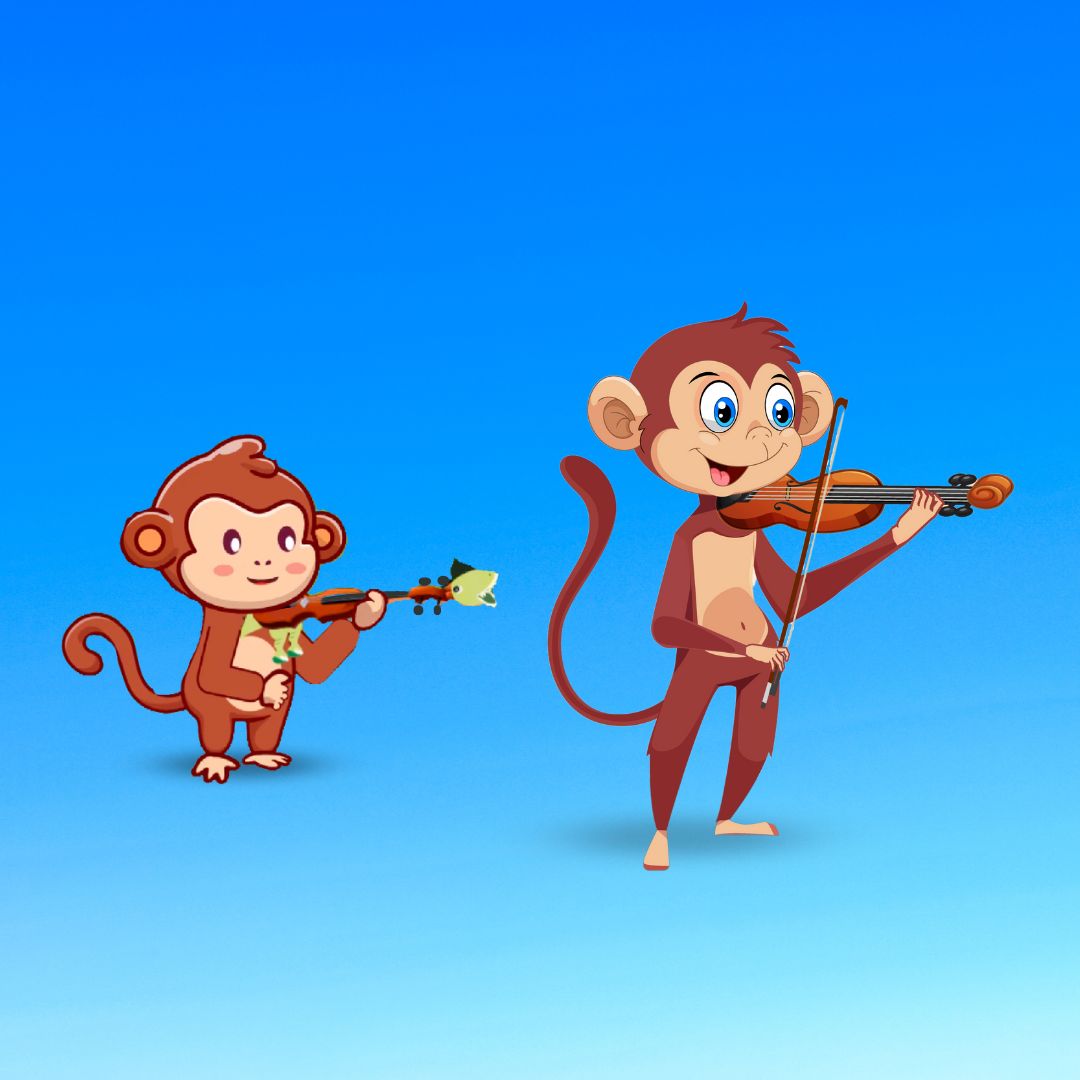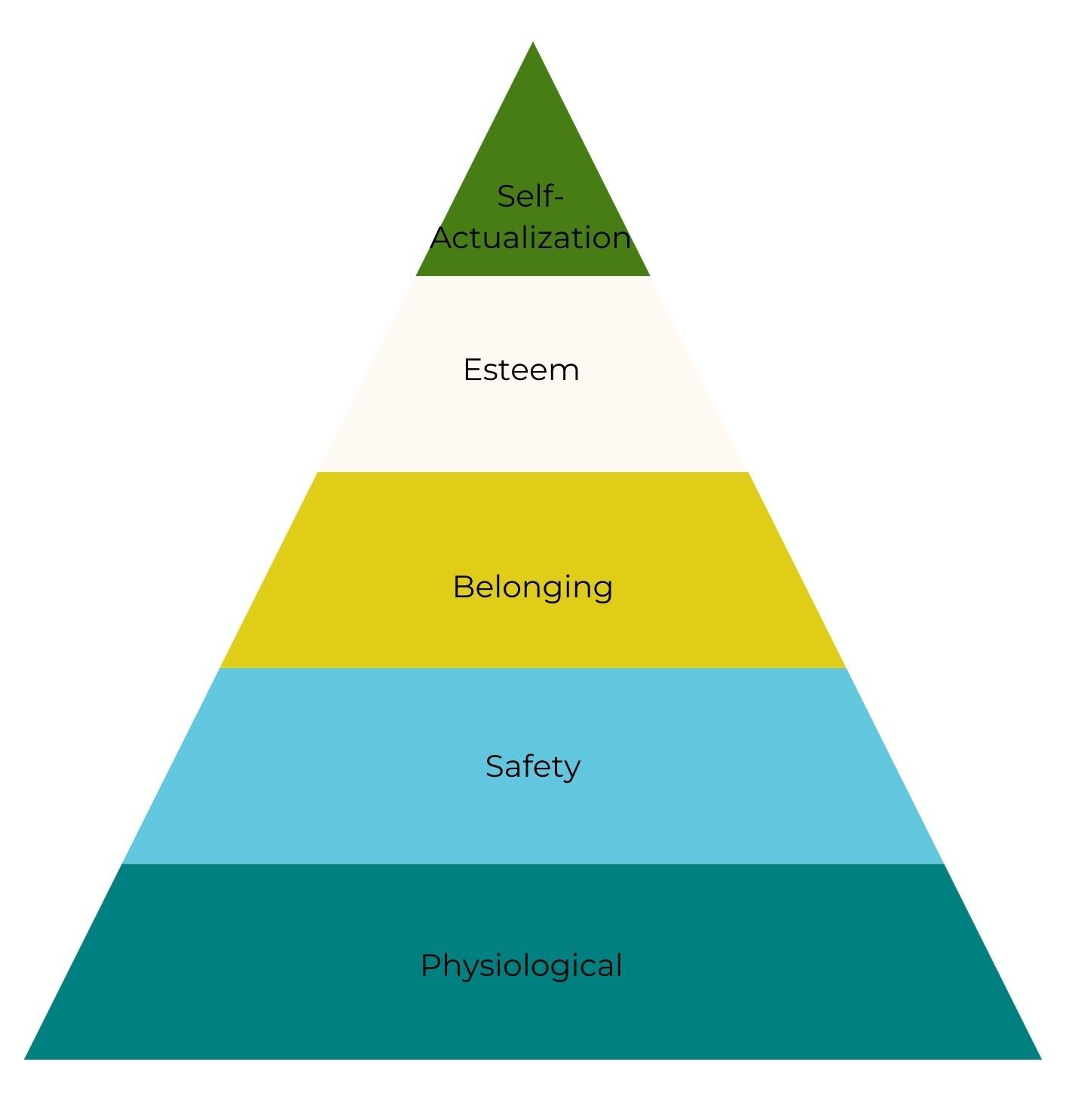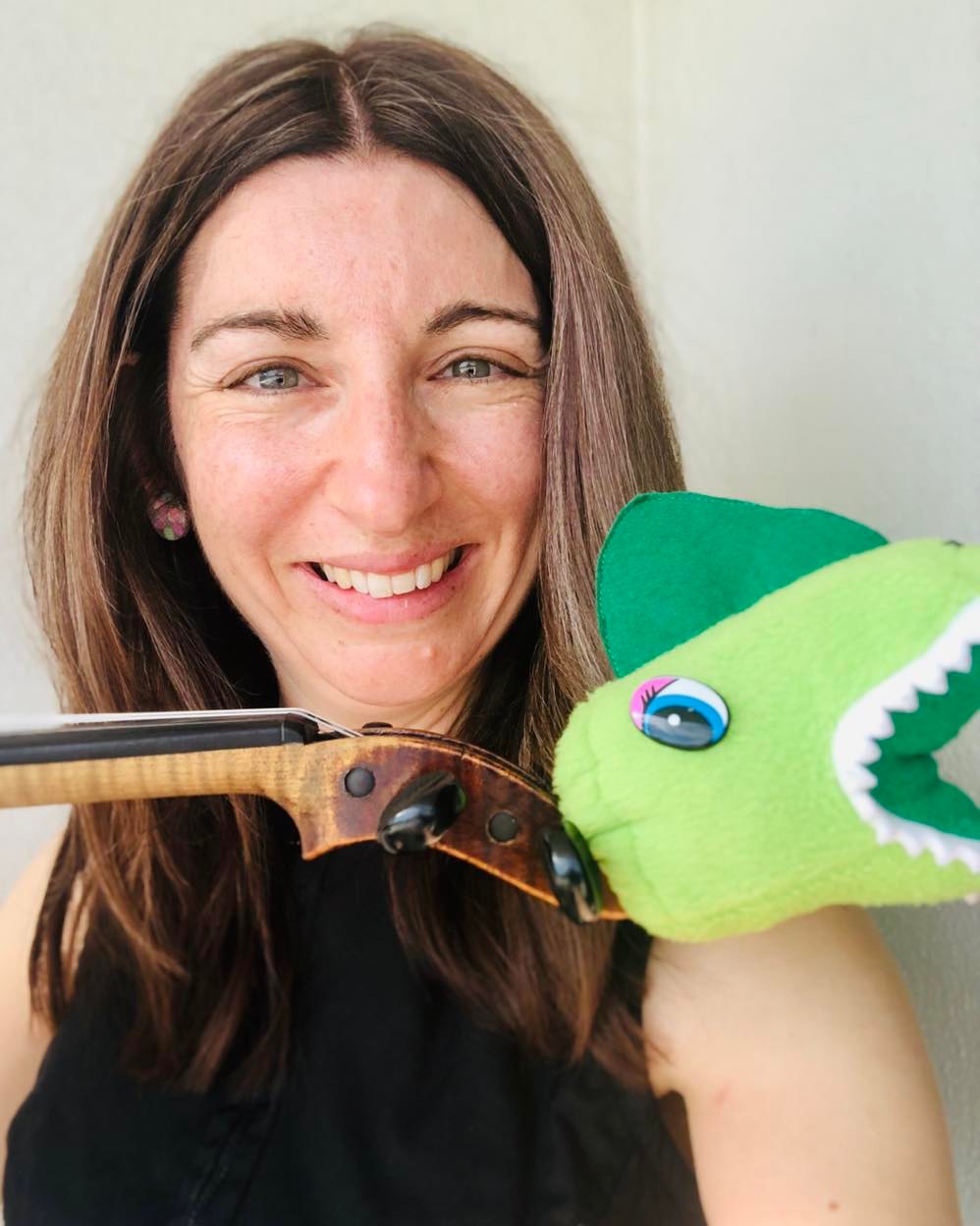5 things you need to know before teaching violin to a 3-5-year-old!
I wish I had been given these 5 tips before I started giving 3-5-year-olds violin lessons. I would have saved so much time and energy!
Teaching the violin to beginners of any age is hard! Teaching the violin to a 3-5-year-old is an entirely different ball game! It doesn’t have to be tricky, but you do need to have an understanding (and ideally some training) in what you’re about to take on.
I’d like to show you five things that will help you get started with your early-childhood violin teaching. Of course, there are many more details that I can’t cover here and a huge amount that I am still discovering. We never stop learning and growing as educators, often learning the most from our students themselves.
As violin teachers we have a huge amount of responsibility to our students. Setting them up thoroughly and well from the beginning is vital should they want to build on their foundation, but even more crucial is something that’s often forgotten about in the rush to get started at an early age…
The first thing to do above any other when giving violin lessons to very young children…
A 3-5-year-old may find it hard to relate to a violin. What can they associate with it?
As teachers, we know the advantages that playing a musical instrument has on the brain.
We understand and love how the violin makes us feel when we hear and play it.
We care about the history of music and want to discover more.
We love the camaraderie of making music together in an ensemble setting.
Your average 3-5-year-old doesn’t care about any of this. It hasn’t even crossed their mind. Their interests are being in the moment, getting engrossed in their play, having their basic needs met, exploring and investigating, dinosaurs and watching Bluey. ☺
When you first have contact with the parents of a potential 3-5-year-old student, it is important to make sure everyone is on the same page.
Ask the parents, why they would like their little one to learn the violin? What is it they hope to gift their child? Are they onboard to help nurture their child’s love of the instrument on a daily basis? Suggest literature they can read before they start the process.
Before you start teaching a 3-5-year-old, make clear this value above any other…
To install a love of music and the violin in the child.
Many children as they get older give up after feeling pressured and forced to learn. Learning music is not a competition. It’s an enriching process and journey.
To help a 3-5-year-old student discover a love of music and the violin, I suggest that parents create a musical home environment by listening to a wide range of music. Sing and dance together. Keep the beat together. Discuss how the music makes you feel. Does it tell a story? Music can be used as bonding time. Allow for musical play and exploration. Encourage parents to take their child to performances. Even when you hear music in the background on a TV show or film, comment on it together and draw an awareness to it.
If you and the parents can make the violin and music directly relevant to the child, then you’re onto a winner. For instance, the materials used for teaching little ones at Stringosaurus have a focus on dinosaurs and often monkeys, (an anachronism ha ha). Kids connect with the activities because they love the characters. These learning materials disguise the complexity of getting well-set-up and makes the first stage of learning fun and engaging.
In the end, what really makes our students push through the hard times is having a passion for it. The earlier we start this, the better.
Secondly, and just as importantly:
When asked, is a 3-year-old different to an 8-year-old, we would all shout out yes, ABSOLUTELY!
We can agree here that developmentally, mentally, physically and socially, there is a huge difference.
Despite knowing this, as busy educators doing our best to make a living and trying to juggle too many plates, we can sometimes fall into the trap of teaching our early childhood students in the same way we would teach our juniors, only to find ourselves frustrated that it isn’t working.
Unintentionally, our expectations for our 3-5-year-old students may be skewed. We need to be intentional with how we work with this age group. To do this might feel overwhelming… Where do you even start? There is so much information out there not to mention that development varies from child to child.
Get to know your student. Find out as much as you can about them from their parents. Read a blog or a book on child development. Get a general overview.
Enroll in an early childhood string teaching course or sign up to The Stringosaurus Resources Hub combines specialist teaching guidance, strategies and direct access to continuous support.
Bear in mind that we always need to meet our students’ most basic needs first and foremost before we can reach them musically.
Thirdly, does play mean what you think it does?
Play. It’s a word thrown around A LOT and is perceived differently by educators, parents and children alike.
Did you know that play for children is a human right?
The definition of play is to…
Engage in activity for enjoyment and recreation rather than a serious or practical purpose.
Is play different from playing games? Do we even need different forms of play in something like violin lessons when we have limited time and a huge amount to teach?
The American Academy of Pediatrics shows that games and play are key to a child’s development.
Structured games help children learn to work with others, solve problems and complete tasks.
Play, on the other hand, allows children to work out these problems on their own, through their own imaginative set-ups.
Imagine you had the tools to combine a mixture of play-inspired, investigative and explorative strategies with the more traditional direct teaching and rote learning?
The Stringosaurus Resources Hub takes this a step further with its interactive videos for young children.
We’re Searching for a Dinosaur is a huge hit with Teachosauri and students because it actively engages with children’s natural curiosity.
How can we be Stringosaurus’s (our violin’s) voice?
What kind of voice do we want him to have?
Talk about how we speak and sing… do we speak in a monotone?
What sounds are pleasant to our ears?
What sounds aren’t we so keen on?
And there is so much more room for further investigation.
Having resources like this up your sleeve will help you feel secure in teaching the beginning fundamentals with a toolkit of teaching strategies. The resources add structure in your lessons which ironically create a sense of freedom and creativity. Students engage and ultimately learn more.
A key take-away here is that your 3-5-year-old student only perceives something as fun and playful if they get to have a say in it and if they find it personally relevant.
Fourth thought – Why doesn’t my 3-5-year-old student concentrate?
3-5-year-olds have an inherent need to move!
If they stay static for even a few minutes, you may notice changes in their behaviour. They may become lethargic, disinterested and dysregulated.
To add an extra layer of complexity, you will find certain children more prone to sensory seeking and others more prone to sensory avoidance.
Combining movement into songs and rhymes that will actively help learning a violin and that will suit both our sensory seekers and sensory avoiders is a tall order.
Luckily, the Stringosaurus Resources Hub has a selection of songs that will help. They have been inspired by music therapist and educator Stephanie Leavell from Music for Kiddos and work an absolute treat with our younger students.
In the Stringosaurus Hub, teachers use these songs and rhymes to help their students self-regulate. There are movement songs which can be used as transitions, songs to use sitting and songs to use standing.
Think of it this way, as a general guide, your student can only concentrate for the minutes of their age before needing a brain break/movement break.
A super tip is to combine cross lateral movements when working with this age group. As violinists, we constantly have to cross the midline as we bow, so extra practice in this will go a long way. It’s one of the reasons that the Stringosaurus Hub uses the video Line up your Violin/Viola. Students have to point across their mid-line to their nose, strings, elbow and foot. They form a sense of alignment, build their co-ordination, construct a sense of spatial awareness, but most importantly, it encourages getting both sides of the brain to work together.
Fifth thought and saving the best until last:
There are days when the first four tips just don’t feel enough. There is still something missing from lessons.
I have come away feeling exhausted and confused. I’m making sure that the material is personally engaging, incorporating movement galore, creating the space for exploration and expression… So why on earth didn’t it work?
Look, we all have those days. The last point could well be this. Sometimes, nothing goes to plan, and you just have to review and tweak. What’s the saying, never work with children or animals?! Jokes aside…
As part of my reviewing process (my brain working in overdrive), I made an important discovery.
My 3-5-year-old students have the best lessons when I incorporate storytelling.
Seriously, don’t gloss over this. This is a game changer!!
We constantly improvise stories to break down and scaffold intricate technical details. Stringosaurus has transformed the most effective stories into storybook PDFS and videos.
We use social stories to discover how we move our bodies. We even use the student’s name as part of the story, so they feel important.
We use storytelling as an aid to learn music theory concepts. The Gingerbread Boy in the Resources Hub is a great hit for this. The only problem for you is, the children love to watch this on repeat and always request it! (Email a copy home for them to share with their parents!)
Laura Carr
Creator of Stringosaurus
Laura formally trained as a violinist at the Royal Welsh College of Music and Drama in Cardiff Wales under the tutelage of Kathryn Hardman and Christopher Horner.
Laura’s work in schools in Wales along with the birth of her daughters, inspired her to look at teaching from a new perspective. Laura spent the next 10 years writing an entire curriculum of beginner resources called Stringosaurus, which continues to evolve to this day.
Besides her own teaching, Laura developed the Stringosaurus Resources Hub to train violin teachers in giving violin lessons to children as young as three years old.
We use picture books and improvise musical soundscapes.
And do you know what? This all ties back in with the first point, to most importantly nurture a deep passion for music from as early on as possible. It is never too early to start this.
You may have other points that you believe are more crucial to teaching 3-5-year-olds. I’ve just listed what works for me. Share below what works for you – I would LOVE to know. There isn’t a day that I’m not trying to improve and learn.
Become a Teachosaurus!
This article is written by guest teacher and Stringosaurus creator Laura Carr. When my (Zlata) twins were two years old and started to ‘need’ a violin too when I practiced, I looked for methods not only to teach music, but also to introduce violin for the very young.
I’ve enjoyed the Stringosaurus Resources hub for a year now together with my kids and love all the resources. They are:
- Flexible and easy to combine with other methods, for example general music lessons like Music Play. You can follow the lessons plans or mix and match something yourself that will engage your little students most.
- High quality backing tracks, sheet music and videos that will definitely engage your young violinists and make your violin lessons a blast.
- Everything is pedagogically well thought out. At first glance the violin lesson ideas might seem simple, but there’s an enormous depth behind it developing all skills in music.
Get 10% off!
Join the Stringosaurus Resources Hub right here and use the discount code VIOLINLOUNGE10 to get 10% off your subscription.





I enrolled my four year old grand daughter in preliminary Suzuki lessons for her age group and went on to get her a teacher for the one on one phase of Suzuki. She spent several months working with the teacher and it appeared that they want detailed perfection in bow hold standing finger placement etc. This resulted in the same thing every lesson and she soon became bored with the lessons and didn’t want to go anymore. It turned her off of the violin and it has taken some time to get her interested in it again. What you describe here is very much a enjoyable way for kids to learn and have fun at the same time. I’ve been working with her now for a couple of months and she is starting to want to play again. She wants to play music regardless of all the fine technical details that were being forced on her. She understands all the things she was taught but doesn’t have the motor skills at this age to do them to the level of perfection demanded.
If she didn’t have musical talent then I would be the first one to say forget it. That is not the case, she is full of music and the method that was being used stifled her natural musical interest and talent. I have looked for ways to make it fun for her and
the insight I’ve gotten from your approach is a game changer for me.
Sorry to hear your daughter had this experience. Indeed the motor skills at that age aren’t ready yet to perform this in perfection, but we can do so much more with the violin and music in general. I hope you’ll find a good teacher soon!
I have a 33 month old grand daughter. She begs her mom constantly she wants a violin. I think she saw someone play the violin and she hasn’t forgotten this. She asks weekly for a violin. I can see she is a perfectionist and gets frustrated when her little hands can’t draw Minnie Mouse. Do you think she’s too young for lessons and a violin? If you think she would benefit from lessons, what type of violin should she have?
Hi Cindy, definitely search for a teacher specialized in early childhood (whether that’s Suzuki, Colourstrings or just a teacher with a lot of experience and knowledge in that age group). For the violin size, check out my size chart right here.